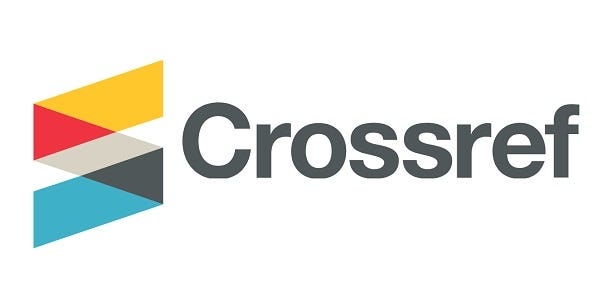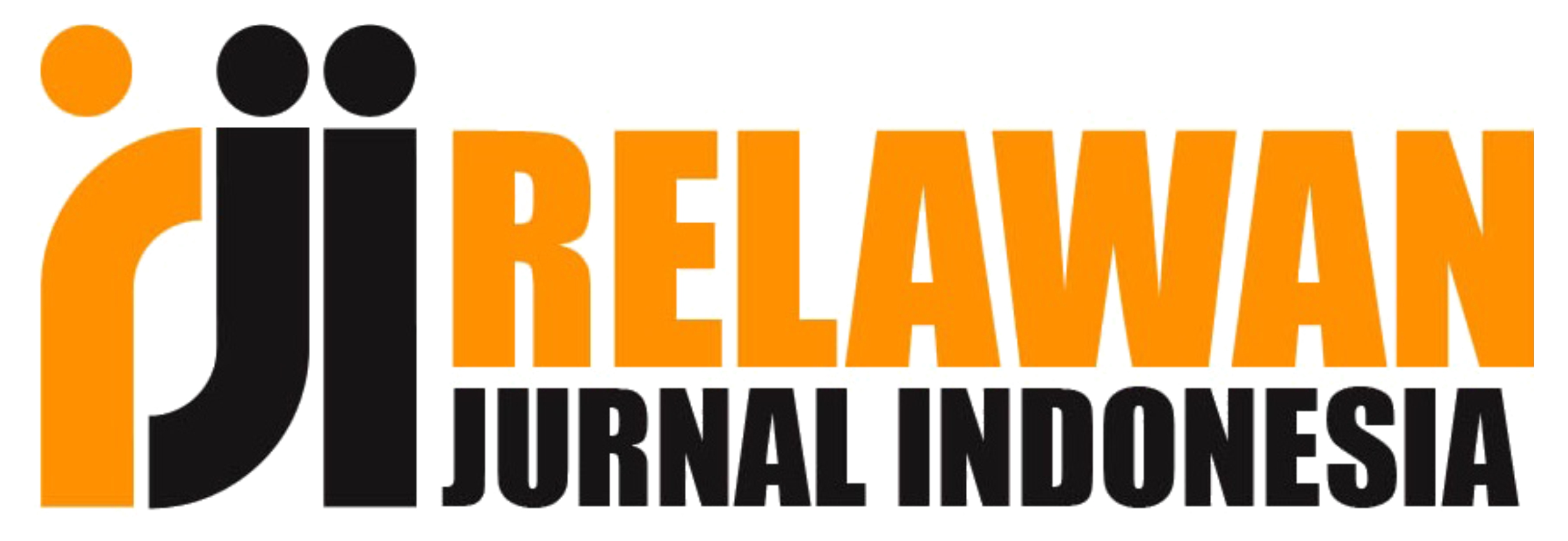Financial Feasibility Analysis of Carbon Credit-Based Mangrove Forest Restoration Project (Case Study: Mahkota Mangrove Indonesia, Indramayu, West Java)
DOI:
https://doi.org/10.37385/ceej.v6i2.8427Keywords:
Carbon Credits, Mangrove Restoration, Financial FeasibilityAbstract
This study aims to fill the gap in the financial feasibility study of FOLU-based carbon projects by using a case study of a carbon credit-based mangrove forest restoration project initiated by Mahkota Mangrove Indonesia (Mangrovin) in Indramayu, West Java in an area of ??340 hectares. A descriptive quantitative approach is used in this study by applying financial modeling methods, including Net Present Value (NPV), Internal Rate of Return (IRR), and Discounted Payback Period (DPBP). Data were obtained through primary and secondary sources. Common allometric equations from Komiyama et al. (2005) are used to calculate the carbon sequestration potential which is then converted into carbon credits considering project emissions and uncertainty buffers. Cash flows for 30 years are projected using discounting based on green bond and SRI yields. The results of the analysis show strong financial feasibility with an NPV of IDR 223 billion, an IRR of 25.18%, and a DPBP of 7 years. It is known that WACC and revenue factors have the greatest influence on NPV based on sensitivity analysis. A change of ±20% WACC has impact of 30.9% and -23% on NPV, meanwhile revenue factors have an impact of ±24.1%-24.5% on NPV.
References
Akbar, D., Irman, Yudiatmaja, W. E., & Fadli, K. (2021). Managing mangrove forest in Bintan Island: Socio-economic benefits of climate change mitigation and adaptation. IOP Conference Series: Earth and Environmental Science, 724(1). https://doi.org/10.1088/1755-1315/724/1/012103
Alongi, D. M. (2014). Carbon sequestration in mangrove forests. Carbon Management, 3(3), 313–322. https://doi.org/10.4155/cmt.12.20
Bhowmik, A. K., Xiao, X., Dey, I., Zou, Z., & Karnieli, A. (2023). Global mangrove deforestation: Spatial–temporal changes, causal drivers, and policy implications. Environmental Research Letters, 18(2), 024014. https://doi.org/10.1088/1748-9326/acb2e7
daunplus. (2025). Tren Pasar Karbon Global 2025: Peluang dan Tantangan bagi Indonesia. https://daunplus.id/tren-pasar-karbon-global-2025-peluang-dan-tantangan-bagi-indonesia/
Gitman, L. J., & Zutter, C. J. (2014). Principles of managerial finance (14th ed.). Pearson Education.
Hamilton, S., & Presotto, A. (2024). A global database to monitor annual mangrove forest change, 2000–2020 (GMC-21). Research Square. https://doi.org/10.21203/rs.3.rs-4262946/v1
Indrayani, E., Kalor, J. D., Warpur, M., & Hamuna, B. (2021). Using allometric equations to estimate mangrove biomass and carbon stock in Demta Bay, Papua Province, Indonesia. Journal of Ecological Engineering, 22(5), 263–271. https://doi.org/10.12911/22998993/135945
IPCC. (2006). Chapter 4: Forest land. In 2006 IPCC guidelines for national greenhouse gas inventories: Volume 4—Agriculture, forestry and other land use (pp. 4.1–4.83). Institute for Global Environmental Strategies (IGES). https://www.ipcc-nggip.iges.or.jp/public/2006gl/vol4.html
IPCC. (2006). Chapter 11: N?O emissions from managed soils, and CO? emissions from lime and urea application. In 2006 IPCC guidelines for national greenhouse gas inventories: Volume 4—Agriculture, forestry and other land use (pp. 11.1–11.54). Institute for Global Environmental Strategies (IGES). https://www.ipcc-nggip.iges.or.jp/public/2006gl/vol4.html
Jakovac, C. C., Melati, M. N., Tonini, H., & Ferreira, L. V. (2020). Costs of mangrove conservation and restoration: A global review. Ecological Economics, 179, 106827. https://doi.org/10.1016/j.ecolecon.2020.106827
Kathiresan, K. (2012). Importance of Mangrove Ecosystem. International Journal of Marine Science. https://doi.org/10.5376/ijms.2012.02.0010
Kementerian Lingkungan Hidup dan Kehutanan Republik Indonesia. (2022). Manual restorasi ekosistem hutan mangrove untuk aksi mitigasi Indonesia’s FOLU Net Sink 2030. Pusat Standardisasi Instrumen Ketahanan Bencana dan Perubahan Iklim, Badan Standardisasi Instrumen Lingkungan Hidup dan Kehutanan.
Kementerian Lingkungan Hidup dan Kehutanan Republik Indonesia. (2022). Peraturan Menteri Lingkungan Hidup dan Kehutanan Republik Indonesia Nomor 21 Tahun 2022 tentang Tata Laksana Penerapan Nilai Ekonomi Karbon. https://peraturan.bpk.go.id/Home/Details/209360/permen-lhk-no-21-tahun-2022
Kementerian Lingkungan Hidup dan Kehutanan Republik Indonesia. (2023). Kerangka Metodologi Perhitungan Pengurangan Emisi/Peningkatan Serapan Gas Rumah Kaca Sektor Kehutanan dan Penggunaan Lahan Lainnya (Forestry and Other Land Use). Direktorat Jenderal Pengendalian Perubahan Iklim.
Kementerian Lingkungan Hidup dan Kehutanan Republik Indonesia. (2023). Peraturan Menteri Lingkungan Hidup dan Kehutanan Republik Indonesia Nomor 7 Tahun 2023 tentang Tata Cara Perdagangan Karbon Sektor Kehutanan. https://peraturan.bpk.go.id/Home/Details/275644/permen-lhk-no-7-tahun-2023
Kementerian Lingkungan Hidup dan Kehutanan Republik Indonesia. (2023). Peta Jalan Perdagangan Karbon Sektor Kehutanan. Direktorat Jenderal Pengendalian Perubahan Iklim.
Kementerian Lingkungan Hidup dan Kehutanan Republik Indonesia. (2023). Skema Sertifikasi Pengurangan Emisi GRK Indonesia (SPEI). Direktorat Jenderal Pengendalian Perubahan Iklim.
Kementerian Lingkungan Hidup dan Kehutanan Republik Indonesia. (2025). Sistem Registri Nasional – Sertifikat Penurunan Emisi. https://srn.menlhk.go.id/spe/
Komiyama, A., Poungparn, S., & Kato, S. (2005). Common allometric equations for estimating the tree weight of mangroves. Journal of Tropical Ecology, 21(4), 471–477. https://doi.org/10.1017/S0266467405002476
Li, C., Gong, J., Wang, Z., & Wang, S. (2022). Assessing the economic feasibility of voluntary carbon markets: Evidence from mangrove afforestation projects. Ecological Indicators, 137, 108718. https://doi.org/10.1016/j.ecolind.2022.108718
Lovelock, C. E., Bennion, V., de Oliveira, M., Hagger, V., Hill, J. W., Kwan, V., Pearse, A. L., Rossini, R. A., & Twomey, A. J. (2024). Mangrove ecology guiding the use of mangroves as nature-based solutions. Journal of Ecology, 112(11), 2510–2521. https://doi.org/10.1111/1365-2745.14383
Menéndez, P., Losada, I. J., Torres-Ortega, S., Narayan, S., & Beck, M. W. (2020). The Global Flood Protection Benefits of Mangroves. Scientific Reports, 10(1). https://doi.org/10.1038/s41598-020-61136-6
Ministry of Energy and Mineral Resources of the Republic of Indonesia. (2018). Handbook of energy & economic statistics of Indonesia 2018. Centre for Data and Information on Energy and Mineral Resources.
Ministry of Energy and Mineral Resources of the Republic of Indonesia. (2023). Nilai Faktor Emisi (FE) CO2 Nasional dan Nilai Kalor Netto (Net Calorific Value/ NCV) BBM Nasional. Centre for Data and Information on Energy and Mineral Resources.
Pemerintah Republik Indonesia. (2021). Peraturan Presiden Republik Indonesia Nomor 98 Tahun 2021 tentang Penyelenggaraan Nilai Ekonomi Karbon untuk Pengendalian Emisi Gas Rumah Kaca dalam Pembangunan Nasional. https://peraturan.bpk.go.id/Home/Details/173442/perpres-no-98-tahun-2021
Rahmat, D., Fauziyah, & Sarno. (2015). Pertumbuhan semai Rhizophora apiculata di area restorasi mangrove Taman Nasional Sembilang, Sumatera Selatan. Maspari Journal, 7(2), 11–18.
Rana, J., Gutierrez, P. L., & Oldroyd, J. C. (2022). Quantitative Methods. In Global Encyclopedia of Public Administration, Public Policy, and Governance (pp. 11202–11207). Springer International Publishing. https://doi.org/10.1007/978-3-030-66252-3_460
Republic of Indonesia. (2022). Enhanced Nationally Determined Contribution. Ministry of Environment and Forestry. https://unfccc.int/sites/default/files/NDC/2022-09/Indonesia%20Enhanced%20NDC%202022.pdf
Ross, S. A., Westerfield, R. W., & Jordan, B. D. (2002). Fundamentals of Corporate Finance (6th ed.). McGraw?Hill.
Rosulva, I., Hariyadi, P., Budijanto, S., & Boing Sitanggang, A. (2021). POTENSI BUAH MANGROVE SEBAGAI SUMBER PANGAN ALTERNATIF POTENTIAL OF MANGROVE FRUIT AS AN ALTERNATIVE FOOD SOURCE. Jurnal Teknologi Hasil Pertanian, 14(2). https://doi.org/10.20961/jthp.v14i2.55509
Shabrina, A. N., & Nursa’adah, E. (2024). Analysis of students' understanding of the carbon cycle through the GCCDI approach in environmental chemistry education. Orbital: Jurnal Pendidikan Kimia, 8(1), 1–13. https://doi.org/10.19109/ojpk.v8i1.1862
Suriadi, L. M., Denya, N. P., Shabrina, Q. A., Yuliana, R., Agustina, G., Kuspraningrum, E., & Asufie, K. N. (2024). Perlindungan Sumber Daya Genetik Ekosistem Mangrove Untuk Konservasi Lingkungan dan Keseimbangan Ekosistem. Jurnal Analisis Hukum, 7(2), 234–253. https://doi.org/10.38043/jah.v7i2.5206
Tao, H., Zhuang, S., Xue, R., Cao, W., Tian, J., & Shan, Y. (2022). Environmental finance: An interdisciplinary review. Technological Forecasting and Social Change, 179, 121639. https://doi.org/10.1016/j.techfore.2022.121639
Timorria, I. F. (2025). Menanti Taji Perdagangan Karbon Sektor Kehutanan . Bisnis Hijau. https://hijau.bisnis.com/read/20250326/653/1864793/menanti-taji-perdagangan-karbon-sektor-kehutanan
Twidale, S. (2024). Global carbon markets value hit record $949 bln last year. Reuters. https://www.reuters.com/markets/commodities/global-carbon-markets-value-hit-record-949-bln-last-year-lseg-2024-02-12/
Vázquez-González, C., Moreno-Casasola, P., Hernández, M. E., Campos, A., Espejel, I., & Fermán-Almada, J. L. (2017). Mangrove and freshwater wetland conservation through carbon offsets: A cost-benefit analysis for establishing environmental policies. Environmental Management, 59(2), 274–290. https://doi.org/10.1007/s00267-016-0790-3
Verra. (2025). Registerred Project. https://registry.verra.org/app/search/VCS/Registered




 Template
Template



